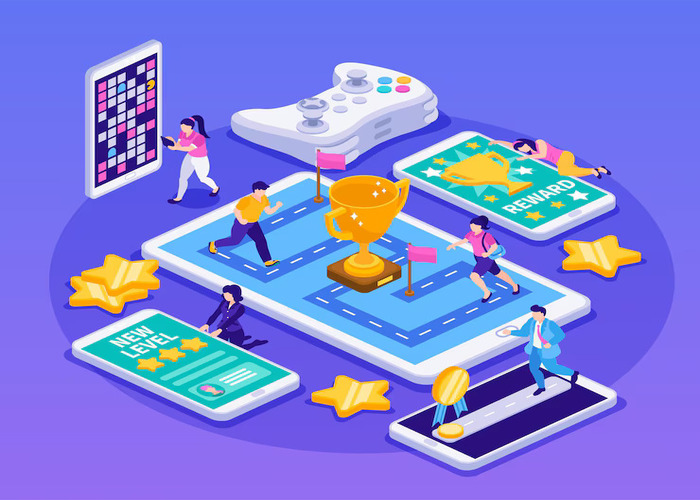Gamification in Marketing Education: Enhancing Student Engagement

"Tell me and I forget. Teach me and I remember. Involve me and I learn"
- Benjamin Franklin
In the changing world of higher education, gamification has become an active strategy to engage Gen Z students, especially in fields like marketing, where creativity and application go together. By adding game elements like points, leaderboards, simulations, and challenges to the learning environment, educators can turn passive learning into an engaging experience. Marketing concepts such as consumer behavior, branding, pricing strategies, and digital analytics can seem abstract or theoretical to students. Gamification helps close this gap by making learning interactive, competitive, and practical. For example, using marketing simulations or business strategy games lets students make real-time decisions, face market consequences, and reflect on their choices without any risk.
"Gamification turns lessons into experiences and students into active participants"
Platforms like Kahoot, Quizizz, and simulation tools like Mimic Pro or Capsim provide quick feedback and encourage collaboration, making the classroom livelier. Additionally, gamified assignments that involve creating ad campaigns or managing virtual brands let students use textbook theories in virtual real-world situations. The real strength of gamification lies not only in fun but also in motivation. It taps into intrinsic motivators such as achievement, recognition, and growth, which leads to better retention, deeper understanding, and stronger participation. As educators, adding gamification to marketing education isn’t just about entertaining students; it’s about making learning meaningful, memorable, and measurable.
"In a world where attention is the new currency, gamified learning is the educator’s strongest investment"
Written by,
Dr. Mariyappan N.
Assistant Professor, Presidency School of Commerce













 Rajanukunte, Yelahanka, Bengaluru, Karnataka, Pin: 560119, India
Rajanukunte, Yelahanka, Bengaluru, Karnataka, Pin: 560119, India
 +91 9022092222
+91 9022092222